Phylogenetic analysis of Shiga toxin 1 and Shiga toxin 2 genes associated with disease outbreaks
- PMID: 18053224
- PMCID: PMC2211750
- DOI: 10.1186/1471-2180-7-109
Phylogenetic analysis of Shiga toxin 1 and Shiga toxin 2 genes associated with disease outbreaks
Abstract
Background: Shiga toxins 1 and 2 (Stx1 and Stx2) are bacteriophage-encoded proteins that have been associated with hemorrhagic colitis, hemolytic uremic syndrome and other severe disease conditions. Stx1 and Stx2 are genetically and immunologically distinct but share the same compound toxin structure, method of entry and enzymatic function.
Results: Phylogenetic analysis was performed using Stx1 and Stx2 amino acid and nucleotide sequences from 41 strains of Escherichia coli, along with known stx sequences available from GenBank. The analysis confirmed the Stx1 and Stx2 divergence, and showed that there is generally more sequence variation among stx2 genes than stx1. The phylograms showed generally flat topologies among our strains' stx1 and stx2 genes. In the stx2 gene, 39.5% of the amino acid sites display very low nonsynonymous to synonymous substitution ratios.
Conclusion: The stx1 and stx2 genes used in this phylogenetic study show sequence conservation with no significant divergence with respect to place or time. These data could indicate that Shiga toxins are experiencing purifying selection.
Figures
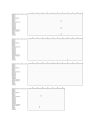
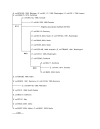
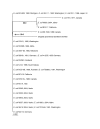
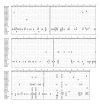

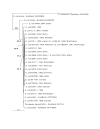
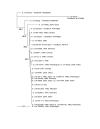
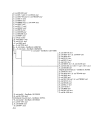
References
-
- Shiga K. Zentralblatt fur Bakteriologie. 1898. pp. 913–918.
Publication types
MeSH terms
Substances
LinkOut - more resources
Full Text Sources
Other Literature Sources

